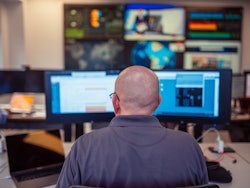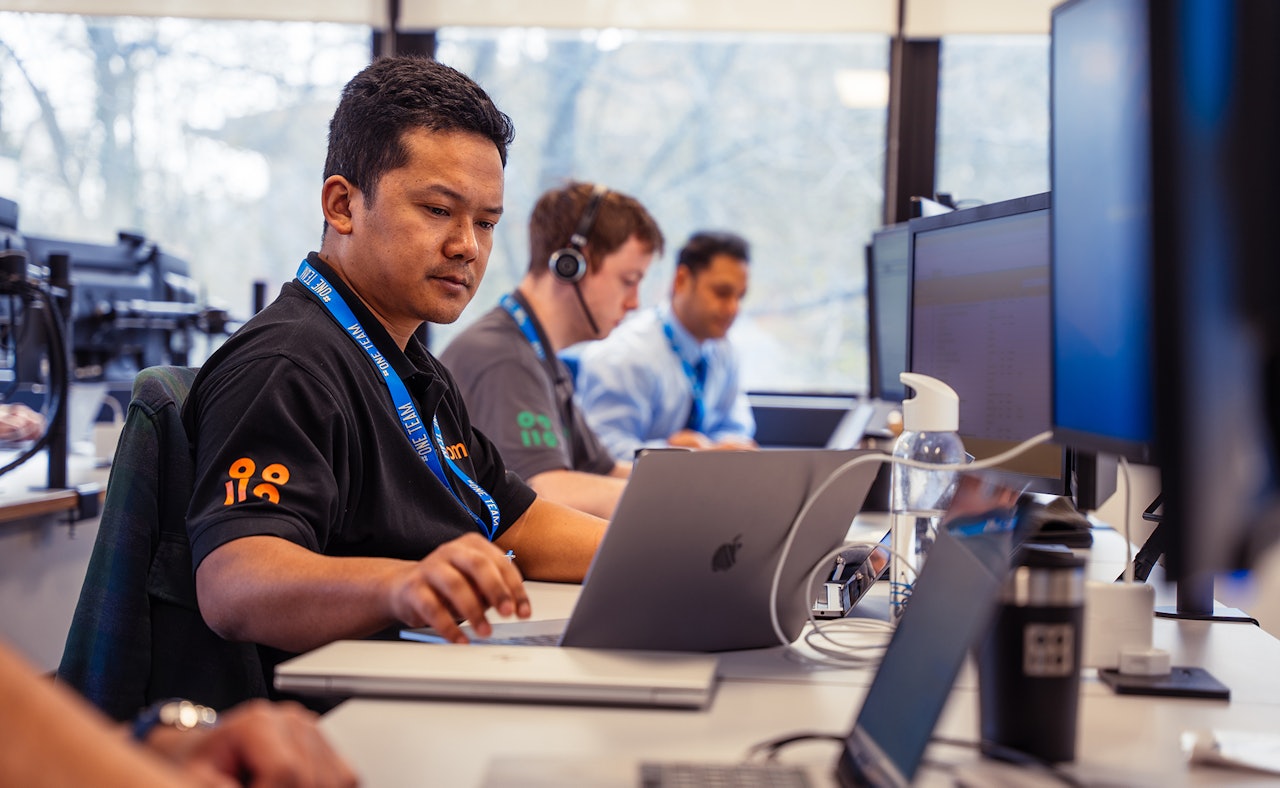Security operations are entering a new era. Threats are evolving quickly, attackers are automating at scale, and organisations are collecting more telemetry than ever before. Yet many SOC teams are still working with processes that were designed for a previous life. Manual triage, repetitive data handling and fragmented workflows have created a gap between what organisations need and what human teams can realistically maintain.
At Nomios, we see this challenge across every sector we support. SOC analysts are skilled, committed and capable, but the operational model around them has not kept pace with the speed and complexity of modern threats. To bridge that gap, security teams need more than improved tools. They need clarity. AI is now delivering that clarity in practical, measurable and repeatable ways.
The current state of SecOps: overloaded teams and slow insight
Most organisations have invested in detection technologies. They gather huge amounts of log data, network signals and behavioural indicators. The problem is not a lack of visibility. It is the difficulty of turning that visibility into understanding.
A typical phishing email can still take 20 minutes or more to triage. Analysts must confirm the sender, validate links, enrich domains, extract indicators and document every step for audit purposes. When this happens dozens or hundreds of times per day, the operational strain becomes significant.
The result is slow investigation, inconsistent reporting and growing alert fatigue. This is where the chaos begins. It is not created by a lack of technology. It is created by the friction inside the workflows themselves.
AI for SecOps: a breakthrough in speed and quality
AI is transforming what is possible inside the SOC. Modern AI tools can now automate much of the initial triage work that previously consumed analyst time. They extract indicators, enrich data, identify suspicious patterns and build timelines within minutes. In many environments, a full phishing triage can now be completed in around five minutes.
This does not reduce the need for human judgment. Instead, it allows analysts to start their work with clarity and with the most valuable information already prepared. It shifts their role from gathering data to making decisions. This is where human expertise creates real value.
The new SOC model: moving beyond traditional tier 1
As AI handles more initial triage and enrichment, the traditional tiered SOC structure begins to evolve. Tier 1 tasks shrink significantly. Analysts no longer spend most of their time on repetitive processes. They operate at a more advanced level, focusing on validation, investigation and response.
This creates a more resilient SOC where people can spend their time on meaningful work. It improves response times, reduces burnout and increases the quality of investigations.
AI driven standardisation: the key to stronger security outcomes
One of the most significant advantages of AI in SecOps is the consistency it brings to investigations. Manual triage varies between analysts. AI removes that irregularity by extracting the same essential fields, applying the same logic and creating the same structured output every time. This consistency drives multiple improvements:
- Automated workflows run more effectively.
- Detection tuning becomes easier.
- Audit trails become cleaner and simpler to manage.
- False positives decrease because the data behind decisions is more complete and more accurate.
Building a proactive and intelligence led SOC
Once repetitive noise is reduced, teams can focus on what truly strengthens security. Analysts can spot patterns across incidents, improve detections, conduct threat hunting, and develop a more proactive security posture. Organisations move away from constant firefighting and toward long-term resilience.
AI creates the space for this shift. It gives security teams the time and visibility they need to improve the way they operate, not just the speed at which they respond.
Why AI powered SecOps is a strategic priority
Security teams that adopt AI powered workflows are already seeing major benefits. They investigate faster, respond more reliably, and operate with far clearer insight. Analysts are less fatigued. Automation becomes more effective. The entire SOC becomes sharper and more focused.
Attackers will continue to innovate. They will continue to automate. Defenders must match this pace, and AI gives them the ability to do exactly that.
The journey from chaos to clarity is not about adding more tools. It is about removing friction, improving consistency and allowing humans to work where they provide the greatest value. At Nomios, we believe the future SOC will be smarter, more resilient and more aligned with the realities of modern threats. AI is the foundation that will enable this evolution.
Our UK cybersecurity experts are ready for you
Our UK cybersecurity team are available for a quick call or video meeting. Let's connect and discuss your cybersecurity strategy, take a look at the Nomios Cyber Maturity Curve methodology, or talk about your upcoming projects. We are here to help.










